After the failure of the 1942 Dieppe raid it was obvious that new equipment was needed to breach beach defences and other fortifications. The Armoured Vehicle Royal Engineers (AVRE) was designed to fill that need. Under the expertise of armoured warfare expert Percy Hobart, development began in 1943.
Percy Hobart
“To have moulded the best two British armoured divisions of the war was an outstanding achievement, but Hobart made it a “hat trick” by his subsequent training of the specialised 79th Armoured Division, the decisive factor on D-Day.”
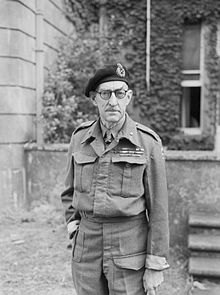
Having served in the Royal Engineers in World War I, Percy Hobart foresaw the predominance of tank warfare while attending the Staff College, Camberley in 1923 and volunteered for a transfer to the Royal Tank Corps. By 1934, he was brigadier of the first permanent armoured division in Britain. His views were still seen as unconventional, with an army still composed dominantly of cavalry officers and resources were hard to come by.
Despite achieving the rank of major general (1937), his unconventional ideas forced him into retirement in 1940. Not content to idle, Hobart joined the Local Defence Volunteers (precursor to the Home Guard) and quickly earned a reputation – swiftly becoming Deputy Area Organiser. When a newspaper article criticizing Hobart’s forced retirement made it in front of Churchill, Hobart was recalled to the army to train the 11th armoured division.
79th Armoured Division
In March 1943, Hobart’s 79th Armoured was on the verge of being disbanded, but instead was invited by Chief of the Imperial General Staff, General Sir Alan Brooke, to instead convert the division into a unit of specialized armour. Reluctant at first, Hobart sought assurance that the unit would remain operational in combat. The unit was renamed the 79th (Experimental) Armoured Division Royal Engineers, with the badge of the unit a black bull’s head on a yellow triangle – proudly displayed on each vehicle.
The Designs
The majority of the specialist vehicle designs were modifications of the Churchill or Sherman, as these were available in large numbers. The Churchill was particularly favoured for its cross country performance, heavy armour and roomy interior.
AVRE
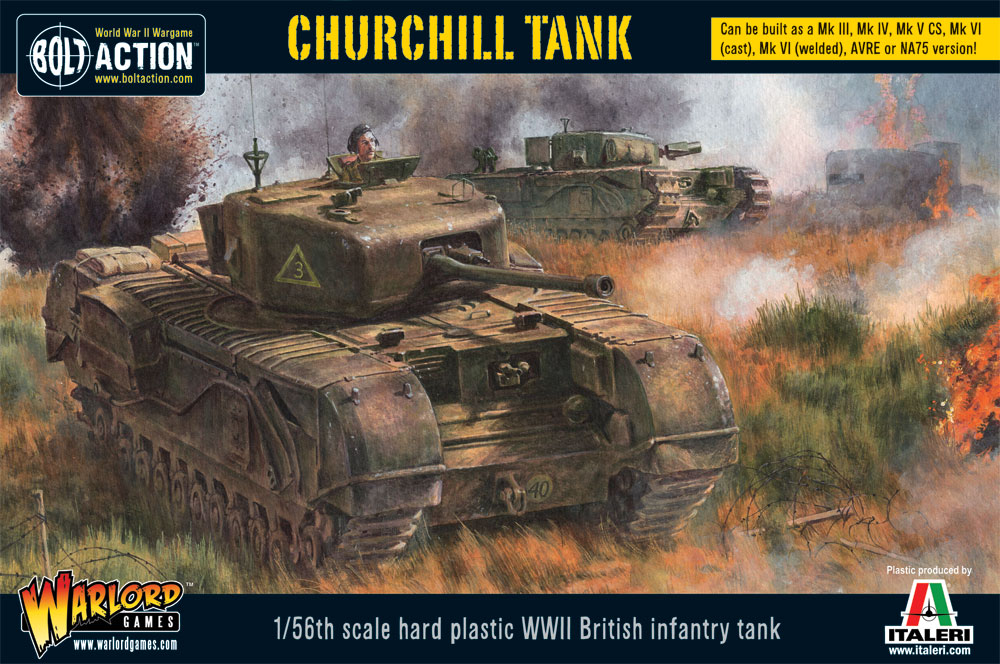
The Churchill AVRE (Armoured Vehicle Royal Engineers) was an engineering marvel that fitted into many engineering roles. It replaced the 75mm and 6-pounder of the standard Churchill marks with a powerful 290mm Petard mortar designed to demolish even the thickest concrete and steel pillboxes and barriers. The AVRE fired a round known as the flying dustbin because of its large size and square shape. The AVREs carried attachments to suit many different purposes such as bridging, towing, creating paths through difficult terrain and clearing paths through minefields. The AVRE was the Swiss army knife of the Royal Engineers.
Care of our friends at Trenchworx, these new resin, metal and 3D printed kits feature the latest advances in our production processes and are intended to delight all levels of modelers.
The Churchill AVRE Bobbin was a reel of 10 feet wide canvas cloth that was reinforced with steel poles. This would be unrolled to form a “path” upon which the AVRE, and any following vehicles, could advance and avoid sinking into soft ground during beach assaults.
A fascine was a bundle of wooden poles that could be deposited in order to fill a ditch or create a step in front of the tank, allowing gaps to be traversed. The practice of affixing fascines to the roof of armoured vehicles was first adopted by the British Mark IV in WWI.
The small box girder bridge (SBG) could span gaps of up to 30 feet, and could be deployed without the engineers exposing themselves to enemy fire. The design had been formally adapted by the British Army in the 1930s, and copied by many countries prior to the war (including Germany). The SBG saw use during the Allied invasion of Normandy.
You can find rules for all these AVRE attachments in the D-Day: Overlord Campaign book (Page 144).
Crocodile
The Churchill Crocodile is a Churchill tank but with the hull-mounted Besa Heavy Machine Gun replaced with a flame thrower. The fuel for the flame thrower was transported in a six and a half ton trailer towed behind the tank. Containing 400 gallons of fuel this provided enough for eighty one-second bursts of flame with a range of 120 yards.
Replacing the hull machine gun left the turret-mounted machine gun and the 75mm gun still fully functioning which makes this an incredibly versatile war machine.
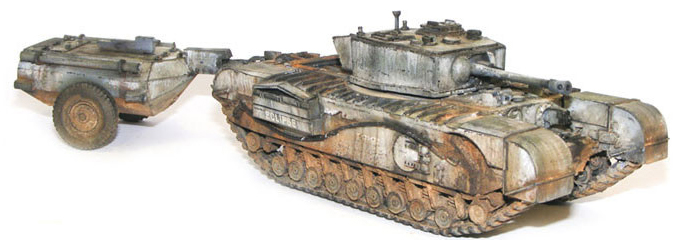
Such was the fear inspired by this ferocious weapon that the presence of a Crocodile would often be enough to force defenders to surrender but woe-betide any of the crew who were captured.
Hobart’s Funnies In Action
On the morning of June 6th 1944, many a German was left in astonishment at the sight of Allied tanks swimming to the shoreline, tanks churning through minefields with giant flailing chains, tanks crossing ground that seemed impassable. They were left in terror as Churchill tanks demolished pillboxes with Petard mortars or sent jets of flame across the battlefields to burn the occupants of bunkers. The specialised tanks of the British 79th Armoured were deployed on the British/Canadian beaches with phenomenal success. Their deployment made what seemed a daunting proposition, an almost foregone conclusion.
The vehicles of the 79th did not deploy as units but were instead attached to others, used extensively in the Normandy landings. Though offered to American forces, they were declined with the exception of Sherman DD tanks – the logic being to avoid adding further complexity to the US war machine by adding yet another base tank design (in the Churchill) to their complement. This decision has been heavily criticized since.
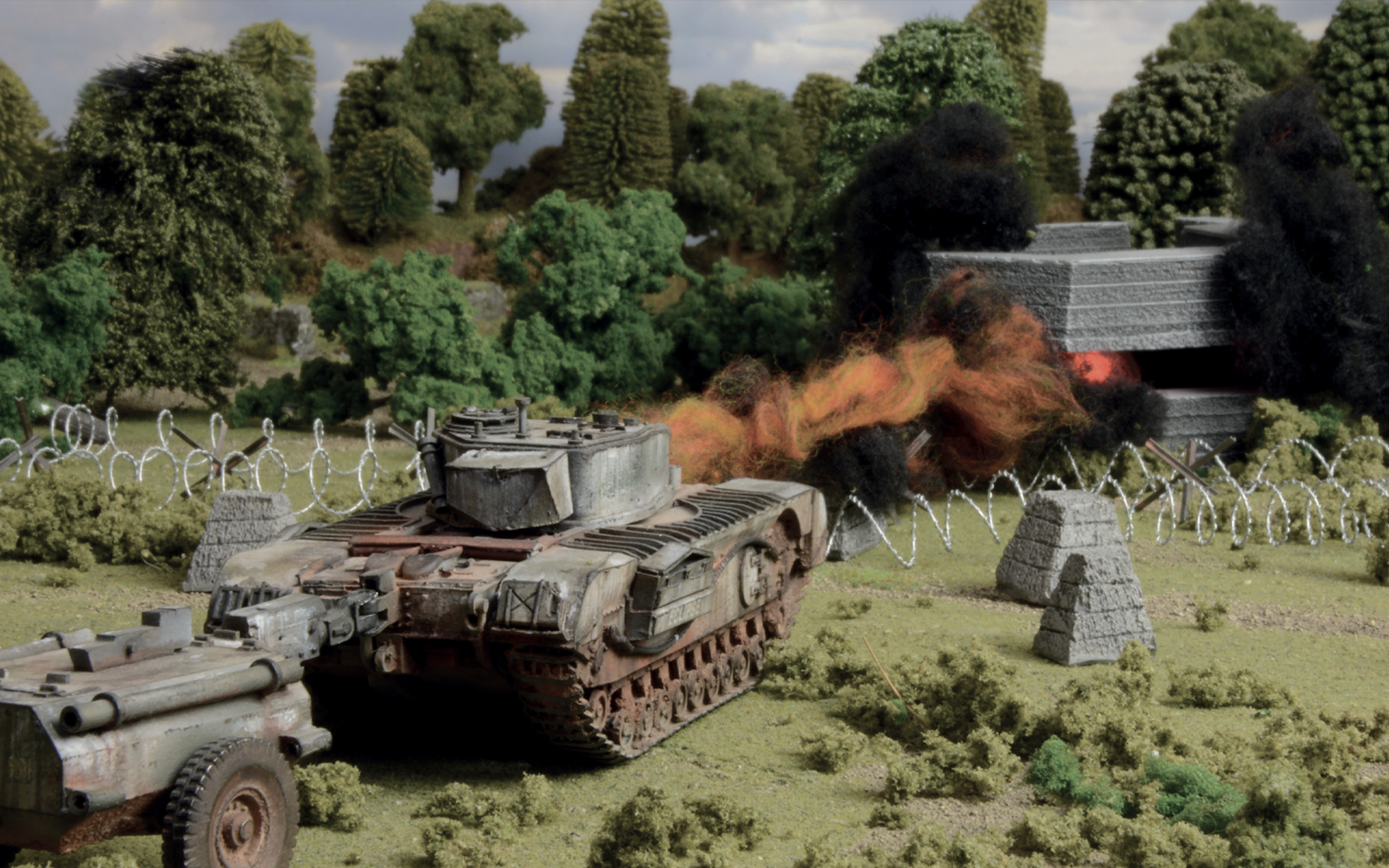
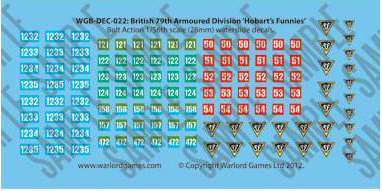
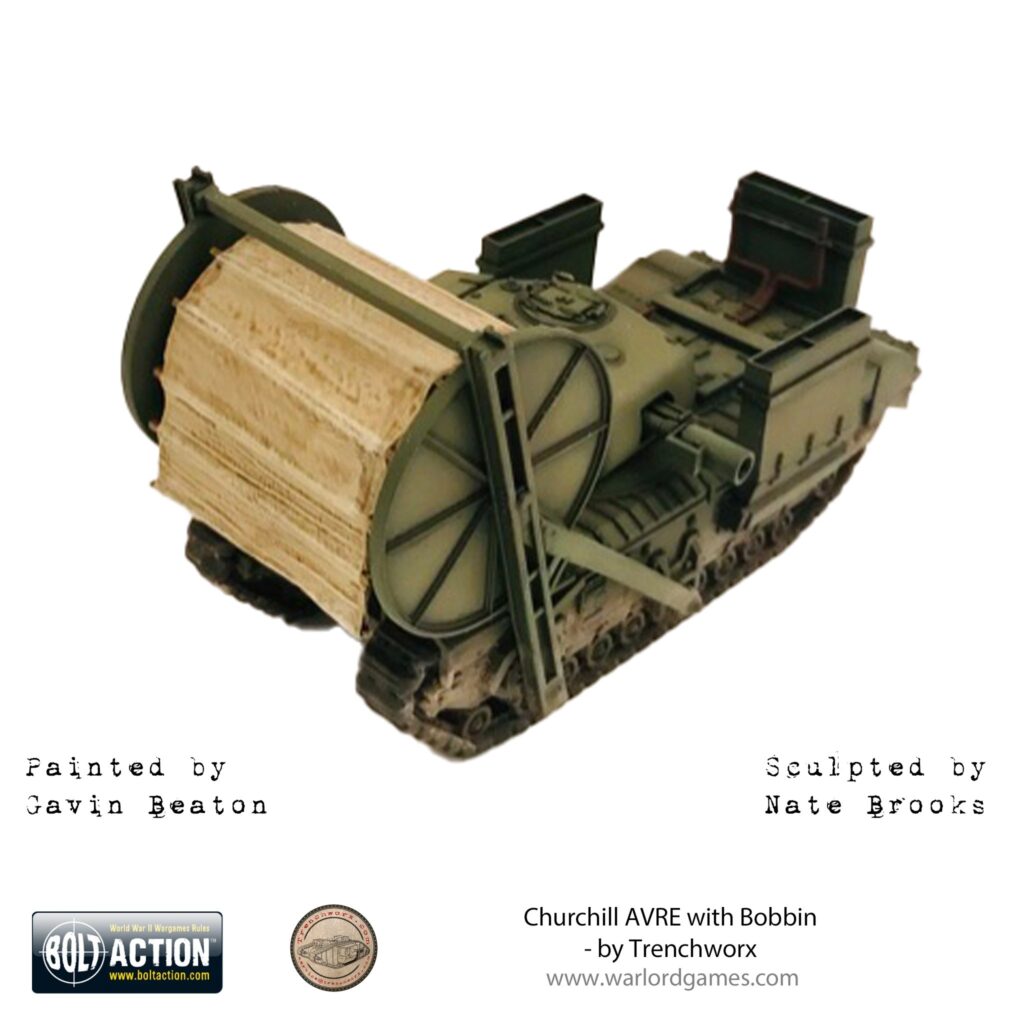
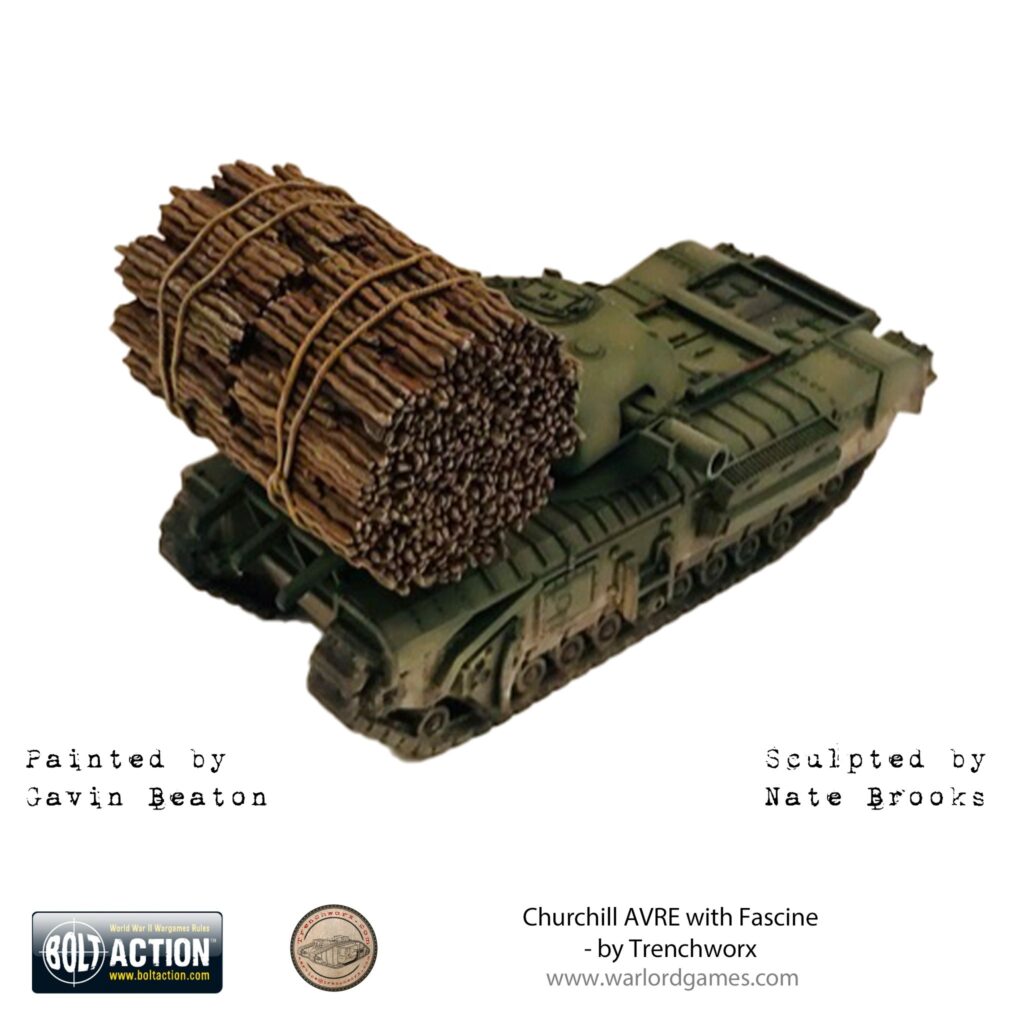
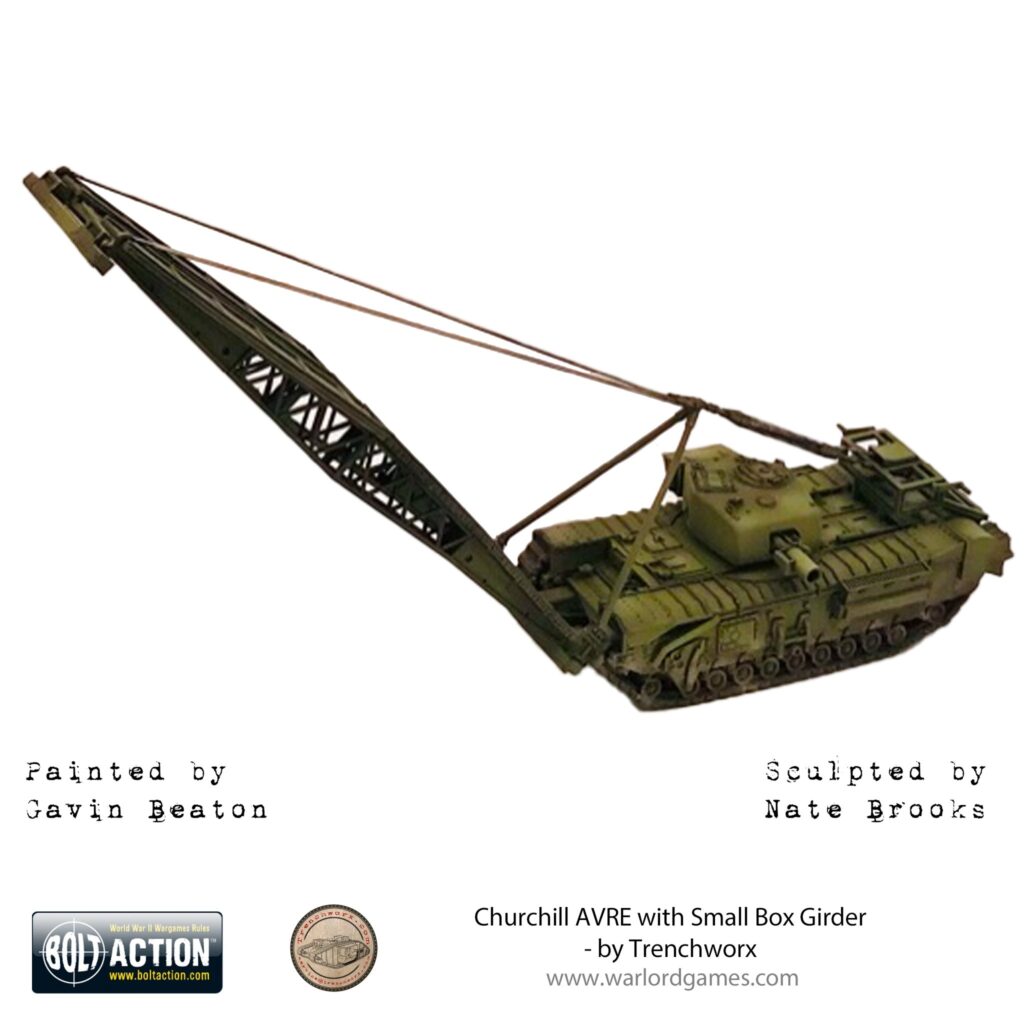
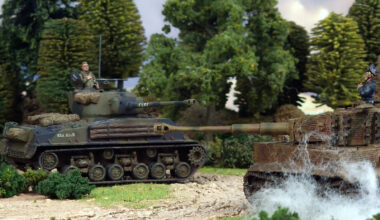
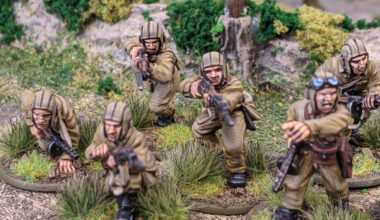
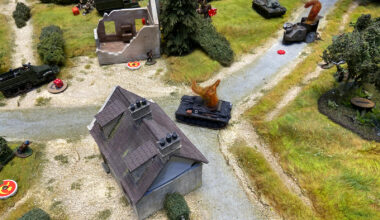
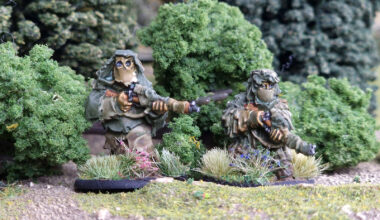
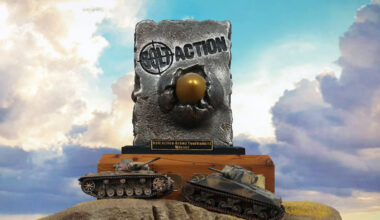
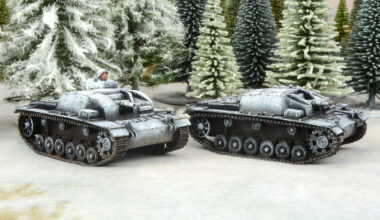
2 comments
“This decision has been heavily criticized since.”
Bit of an understatement. The Furries are heavily credited with giving the British and those they landed with a hugely reduced casualty rate when compared to the American.
Some say the American beaches where harder targets, and I can see how the didn’t want to complicate things. Even the DD tanks where miss-deployed and many ended up floundering before reaching the beach.
1st Canadian Armoured Personnel Carrier Regiment was part of the 79th Div. You guys should link this to Canadian Army.
Comments are closed.